Kingdom Animalia Subphylum Vertebrata Suborder Serpentes Scientific name Trimeresurus popeorum Rank Species | Phylum Chordata Order Squamata Family Viperidae Higher classification Trimeresurus | |
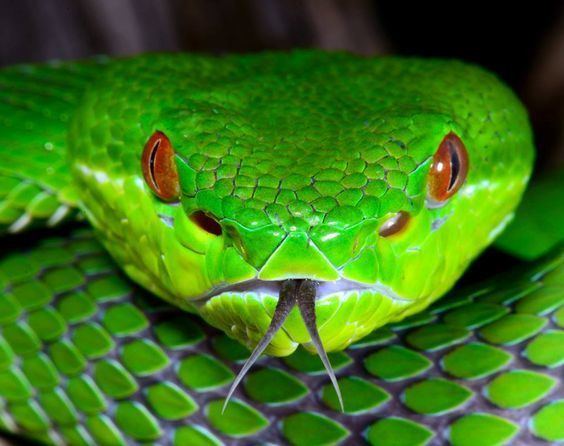 | ||
Lower classifications Trimeresurus popeorum barati, Trimeresurus popeorum sabahi | ||
Trimeresurus popeiorum is a venomous pit viper species native to northern India, Southeast Asia, and parts of Indonesia. Three subspecies are currently recognized, including the nominate subspecies described here.
Contents

Description
T. popeiorum to a total length of 770 mm (30 in), tail length 170 mm (6.7 in).
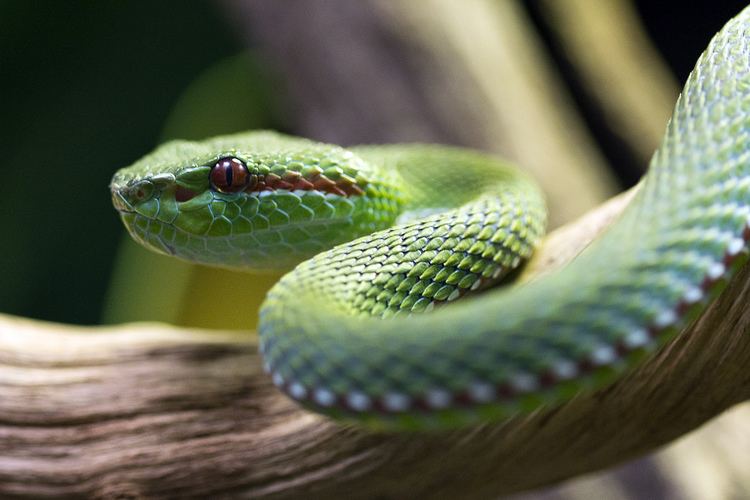
Above green, below pale green to whitish, the two separated by a bright bicolored orange or brown (below) and white (above) (males) or white (females) ventrolateral stripe, which occupies the whole of the outermost scale row and a portion of the second row.

Dorsal scales in 21 (rarely 23) longitudinal rows at midbody; 9-11 upper labials, first upper labials separated from nasals by a distinct suture; a single supraocular. Ventrals 155-169; subcaudals 52-76, in males the base of the tail enlarged to the level of subcaudals 20-25; hemipenes long and slender, smooth, without spines.
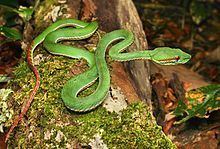
This species is most often confused with T. s. stejnegeri (q.v.); the two have quite distinct hemipenes, which does not make identification of individuals in the field or in the laboratory any easier without recourse to (a) male individuals and (b) an examination of the hemipenes. However, the two species are not known to have overlapping distributions, at least based on available materials. Also, closely allied to T. popeiorum is T. s. yunnanensis (q.v.); ordinarily, the two are more easily told apart by the number of midbody dorsal scale rows, 21 in T. popeiorum, 19 in T. s. yunnanensis.
Geographic range
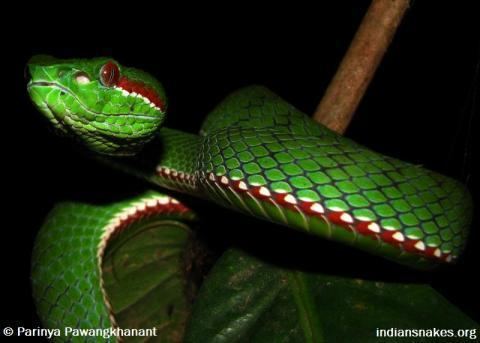
Northern India, Burma, Thailand, West Malaysia and Vietnam. In Indonesia, it occurs on the islands of Sumatra, Mentawai Islands (Siberut, Sipora, North Pagai) and Borneo. The type locality, designated by lectotype, is listed as "Khasi Hills, Assam" (India).
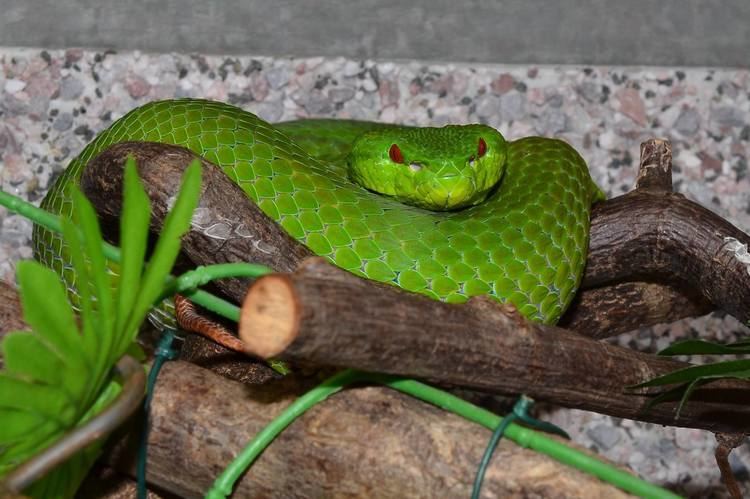
Gumprecht et al. (2004) consider records for Bangladesh, Cambodia and Vietnam to be highly questionable, as they are likely based on misidentifications involving other species of Trimeresurus.
Taxonomy & Etymology

There are differences in opinion as to the correct spelling of the specific epithet. The following is from David and Vogel (1996):
This species was named in honour to Clifford H. Pope and Sarah H. Pope. The original spelling of the specific epithet, popeiorum, was corrected into popeorum by Smith (1943:518) on the basis that it was indeed a clerical error. Unfortunately, according to the Art. 32 (c, ii) of the Code (ICZN, 1985), such a change does not fall into the category of a “correction of an incorrect original spelling." According to the Art. 33 (d), the use of a termination -orum in a subsequent spelling of a species-group name that is a genitive based upon a personal name in which the correct original spelling terminates with -iorum, is an incorrect subsequent spelling, even if the change is deliberate. The original spelling, popeiorum, must therefore be conserved.
Habitat
T. popeiorum is found in forests of mountainous regions.
Behavior
It is nocturnal and arboreal. If threatened, it will vibrate its tail.
Diet
It preys upon frogs, lizards, birds, and rodents (especially rats and squirrels).
Reproduction
This species is viviparous. In India, sexually mature females give birth in April and May, and the average clutch size is 10. The hatchlings are about 180 mm (7.1 in) long.
Venom
T. popeiorum possesses a potent neurotoxic venom which is dangerous to humans.
